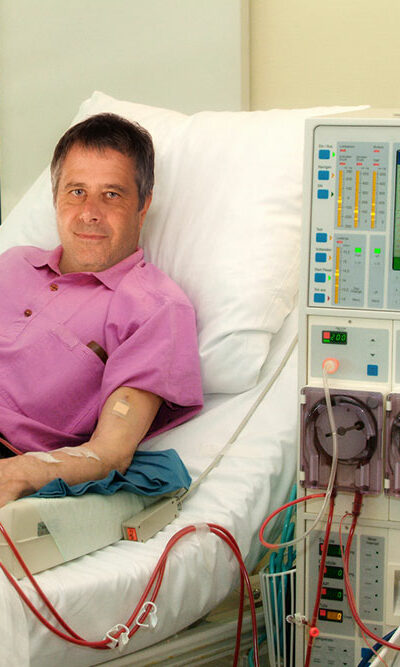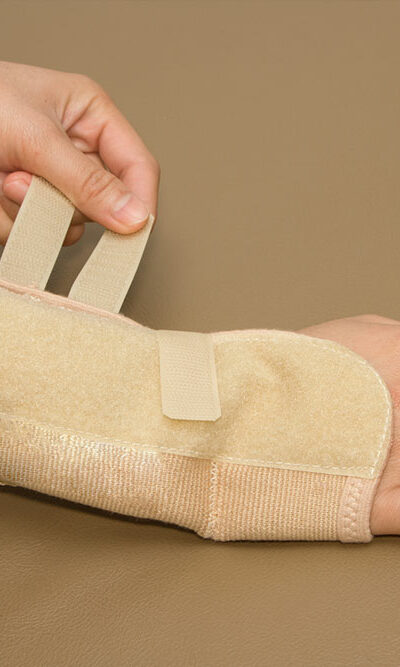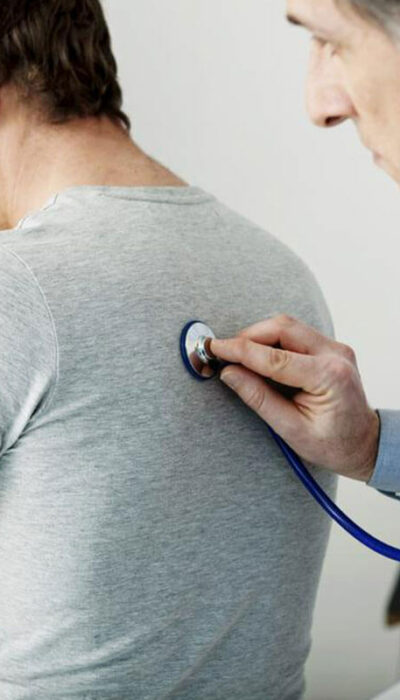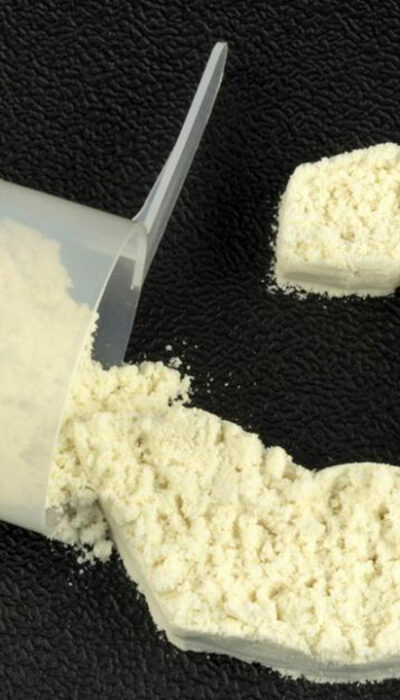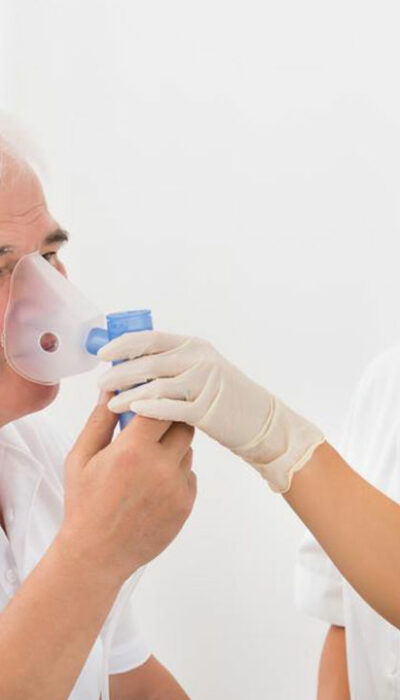
Causes, Symptoms and Treatments of Overactive bladder
A medical condition characterized by a sudden, uncontrollable urge to urinate is called overactive bladder (OAB). An overactive bladder leads to involuntary passage of urine, also known as urge incontinence. Apart from physical discomfort, an overactive bladder causes embarrassment for the affected person. Healthy functioning of the bladder requires a healthy urinary tract. Also, the communication channels between the nerves and the bladder muscles need to be uninterrupted. An improper communication passage or unhealthy urinary tract causes involuntary contractions of the urinary bladder. These involuntary contractions trigger overactive bladder symptoms. Causes of Overactive bladder Involuntary contractions of the bladder lead to urge incontinence. It may not always be possible to pinpoint the exact cause of these contractions. Based on the accompanying symptoms, the doctor may identify overactive bladder causes as the following: Neurological conditions Conditions like Parkinson’s disease, stroke, and multiple sclerosis cause interruption between your nerves and bladder, which leads to urine incontinence. Damage to nerves Any damage to the nerves leading to the bladder causes overactive bladder. These nerves may be damaged due to an injury to the spine, abdomen or pelvis. In some cases, surgery to these parts may accidentally damage the nerve leading to the bladder. Urinary tract infection An infection of the urinary tract affects the activity of the bladder wall. As a result of the infection, the bladder becomes overactive causing urine incontinence. Medication Side effects of certain medicines cause OAB. Consumption of water pills or caffeine pills or diuretics causes increased bladder activity. Blockages Obstructions in the urinary tract could trigger symptoms of OAB. Enlargement of the prostate, tumors, and bladder stones are overactive bladder causes. Pregnancy The uterus of pregnant women expands to accommodate the fetus. Expanded uterus pressurizes the bladder, which in turn causes frequent urination. For some women, urge incontinence continues even after childbirth.
